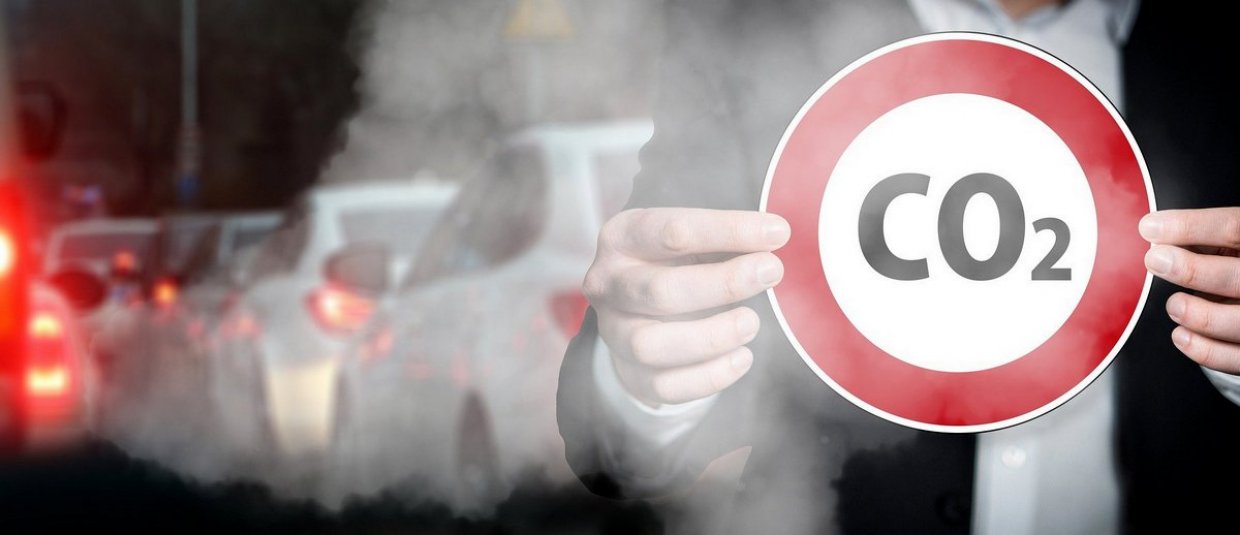Decarbonising Transport in Europe: Trends, Goals, Policies and Passenger Car Scenarios
Danielis R., Scorrano M., Giansoldati M., 2022 – Research in Transportation Economics
On February 14, 2023, the European Parliament approved by majority an agreement on the reduction of CO2 emissions from cars and light commercial vehicles. This translates into a 100% reduction of emissions by 2035 compared to 2011 levels and into the stop of sales of endothermic vehicles, whether petrol or diesel fueled. This provision follows the indications provided in the White Paper on Transport which, already in 2011, required a reduction in greenhouse gas (GHG) emissions of 60% by 2050 compared to 1990 levels. These ambitious goals are, yet, necessary to achieve carbonic neutrality, especially considering that in 2020 road transport accounted for 77% of all GHG emissions in the European Union, with passenger car transport being the greatest responsible.
In a study entitled “Decarbonising Transport in Europe: Trends, Goals, Policies and Passenger Car Scenarios”, recently published in Research in Transportation Economics, Romeo Danielis, Mariangela Scorrano and Marco Giansoldati pursue two objectives: first, summarize the progress made in decarbonising transport in Europe; second, hypothesize possible developments for the 2020-2030 decade.
To achieve the first objective, the authors analyze the 4th and the 5th reports prepared by the individual Member States in compliance with the directive on renewable energies (2009/28/EC). The national reports provided data on the total share of renewable energy used in transport, the share of consumption of biofuels, the amount renewable electricity used in transport, as well as the transport policies implemented and planned in the 2015-2018 period.
To achieve the second objective, the authors compare the National Energy and Climate Plans (NECPs) prepared by each individual Member State – devoting particular attention to their targets in terms of the share of renewable energy used in transport and the share of renewable electricity used in transport – with transport policies planned for the 2020-2030 decade. Based on the objectives and policies implemented, the authors estimate the potential for reducing GHG emissions.
The analysis of the NECPs, issued every two years by the Member States, allowed the authors to trace the past evolution of the share of renewable energy used in transport. Their study highlights that only Sweden, Finland, and Austria succeeded in overcoming the 10% share of renewable energy in transport set by the European Union before 2020, whereas many countries failed and stood at much lower levels. Most of the reductions in CO2 emissions were due to the use of biofuels, in particular biodiesel, and, to a lesser extent, to the use of ethanol blended in the conventional fuel as well as biogas. With the exception of Norway, which is not a member of the EU but does issue its own report, electricity was used for railway transport only.
Based on the policies implemented up to 2018 as well as on those planned for the decade 2020-2030 and reported in the NECPs, the authors develop a probabilistic model that focuses exclusively on the passenger car segment. This is in line with the aim of the contribution, namely, to evaluate the prospects for reducing GHG emissions due to two strategies prepared by the Member States, i.e., a larger use of biofuels and a larger uptake of electric cars.
The results of the simulation model show that the use of biofuels can deliver a reduction in GHG emissions, compared to a basic scenario estimated with the data on the passenger fleet and the 2018 average annual distance, up to 19 of millions of tons of equivalent CO2 (MtCO2eq) (-3.6%), whereas electrification would lead to a larger reduction, up to 45 MtCO2eq (-8.3%). If the two strategies were adopted jointly, GHG emissions would contract up to 65 MtCO2eq (-11.9%).
However, these strategies require improvements in sectors other than transport. One such improvement would be an environmentally sound production of biofuels, which is feasible if there is a good integration among the local and international supply of raw materials, the agricultural sector, the waste disposal processing industry, and the fuel distribution industry well-equipped with a proper infrastructure. A second improvement would be the adoption of a rapid and effective electrification strategy, which requires a restructuring of the automotive industry and its supply chain, including the manufacturing and disposal of electrical batteries, as well as the extraction of raw material, such as lithium and other rare materials.
Of course, replacing internal combustion engine cars with electric ones can only lead to environmental benefits, if electricity is produced from clean sources. It is, thus, of paramount importance to develop synergies with other European Union policies. The presence of strong sectoral interdependencies makes it unrealistic to conjecture that transport decarbonisation could be achieved by only focusing on mobility. This is why it is necessary to envisage regulatory interventions, in particular fiscal ones, relying on a holistic vision. This need appears to be especially pressing in Italy, provided it displays, together with Poland, the highest levels of local pollutants within the Union.

